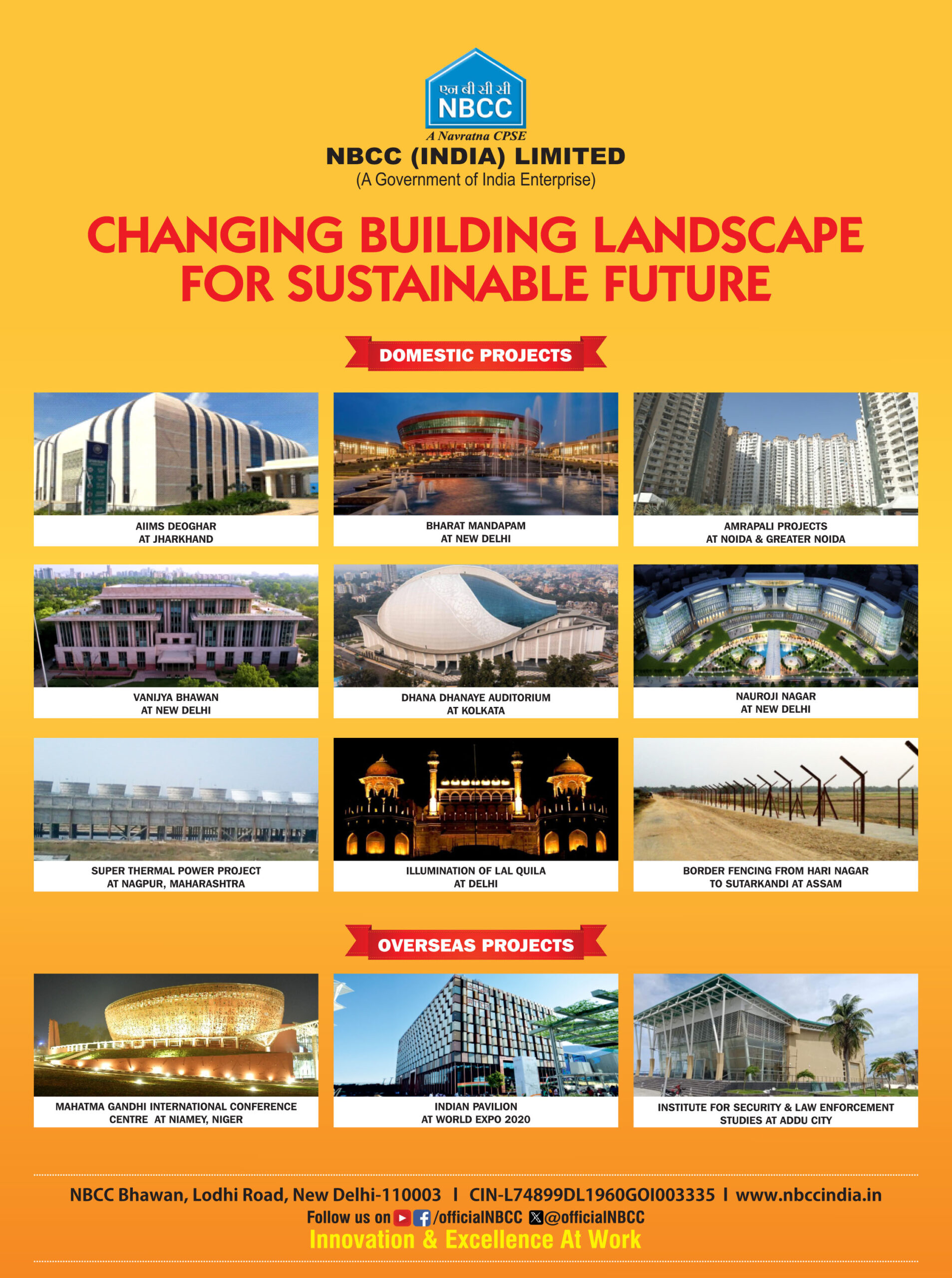A Historic Shift: Home Ministry Begins Departure from North Block, A New Chapter in Governance
Jul 27th, 2025 5:37 am | By ThenewsmanofIndia.com | Category: LATEST NEWS
(THE NEWSMAN OF INDIA.COM) Sunday Special – By Abul Hasan | In a moment that marks the end of an era and the dawn of a new administrative future, the Union Ministry of Home Affairs has begun moving out of its long-standing residence in the iconic North Block building at Raisina Hill. The relocation is part of the ambitious Central Vista redevelopment plan, envisioned to transform the heart of Lutyens’ Delhi into a more efficient, modern, and unified seat of governance.
For nearly nine decades, the North Block has been synonymous with the power corridors of India’s internal administration. Designed by British architect Herbert Baker and inaugurated in 1921, the stately red sandstone building has stood witness to colonial rule, Independence, and the evolution of India’s democracy. Its grand halls and stately rooms have hosted key deliberations shaping the nation’s destiny.
Now, as part of a systematic transition, several offices of the Ministry of Home Affairs have started shifting to the newly built Common Central Secretariat (CCS) complex on Janpath. Union Home Secretary Govind Mohan is among the first senior officials to occupy his new office. The Ministry has been allocated 347 rooms in the CCS-3 building, which forms part of a larger campus designed to accommodate multiple ministries under one roof.
This move signifies not just a change in address, but a transformation in the way governance is approached. The new complex aims to foster seamless coordination among ministries, reduce bureaucratic delays, and cut down the travel time and environmental footprint associated with scattered government offices. By consolidating ministerial offices into a single zone, the government expects to save nearly ₹1,000 crore annually in rental and logistical costs.
The North Block, along with its equally historic counterpart, the South Block—currently housing the Prime Minister’s Office and Ministries of Defence, External Affairs, and Finance—will soon be repurposed. Once vacated, both these heritage buildings will be converted into a sprawling new museum named Yuge Yugeen Bharat National Museum. Envisioned to be one of the largest museums in the world, it will showcase between 25,000 to 30,000 artefacts, capturing the civilizational, political, and cultural journey of India.
The Ministry of Housing and Urban Affairs has underlined that the move from imperial-era buildings to the new Central Vista spaces is not about turning away from history but embracing functionality without losing heritage. The former symbols of colonial authority, once claimed by India as symbols of self-governance after Independence, will now evolve into public spaces of learning, reflection, and national pride.
Alongside the Home Ministry, CCS-3 is also set to house several key government departments, including the Ministry of External Affairs, Petroleum and Natural Gas, MSME, Rural Development, and the Department of Personnel and Training (DoPT). These buildings—ten in total, with three nearing completion—are designed not just for functionality but also sustainability and energy efficiency.
This shift is more than a physical relocation—it is a philosophical and infrastructural leap toward a modern, digitized, and integrated administrative future. While the red sandstone corridors of North Block will soon be home to history rather than policy, their legacy will live on—reimagined, not replaced.


























